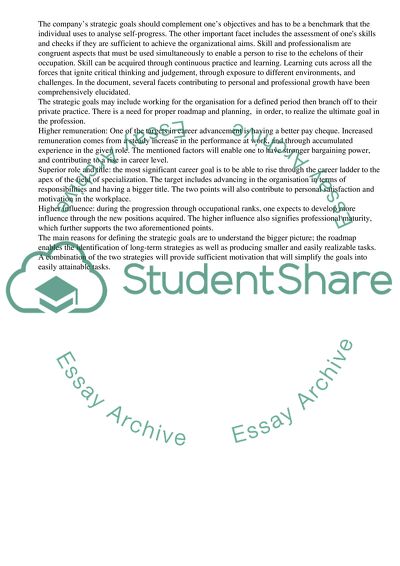Cite this document
(Professional Development for Strategic Managers Term Paper - 6, n.d.)
Professional Development for Strategic Managers Term Paper - 6. Retrieved from https://studentshare.org/management/1689653-strategic-management
Professional Development for Strategic Managers Term Paper - 6. Retrieved from https://studentshare.org/management/1689653-strategic-management
(Professional Development for Strategic Managers Term Paper - 6)
Professional Development for Strategic Managers Term Paper - 6. https://studentshare.org/management/1689653-strategic-management.
Professional Development for Strategic Managers Term Paper - 6. https://studentshare.org/management/1689653-strategic-management.
“Professional Development for Strategic Managers Term Paper - 6”, n.d. https://studentshare.org/management/1689653-strategic-management.


